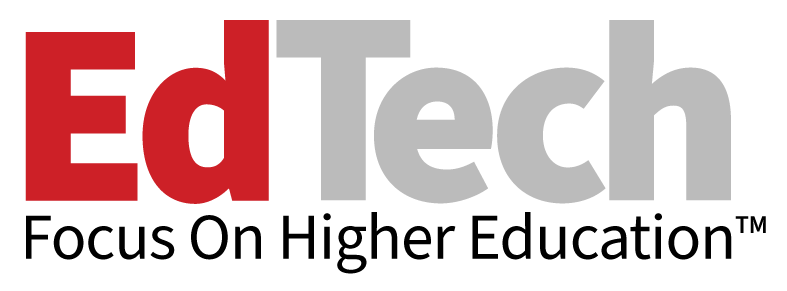What Is Digital Media Literacy?
“The concept of digital literacy has been around for decades, but its meaning has evolved significantly as the digital landscape has transformed,” says Kathe Pelletier, senior director of community programs at EDUCAUSE.
“The rise of generative AI is accelerating the creation and spread of digital content, making it more important than ever for all members of the higher education community to thoughtfully evaluate and interpret what they see and hear online,” Pelletier says.
Digital media literacy is all about “providing students with the tools and the skills they need to begin to judge information as it’s coming towards them,” says T. Lynn Hogan, assistant provost for academic program reviews and director of CoreFSU at Florida State University.
Such training enables them “to make some intelligent decisions about the validity of the information or the need to do further research,” Hogan says.
RELATED: How to build a smarter AI strategy for your institution.
Why Is Digital Media Literacy Important in the Age of AI?
In general, “people can be very susceptible to overlooking things, getting fooled by things, accidentally sharing or accentuating misinformation,” says Tony Liao, associate professor of digital media at the University of Houston.
The rise of generative AI makes digital media literacy an urgent priority for higher education. With support from generative AI, “the rise of content creators and posting on social media greatly expands the sources of media, so that we have to worry about these things a lot more,” Liao says. “The media environment is more fragmented than it was before.”
AI adds “speed, sophistication and just a whole world of tools that we have to consider in this digital environment,” Liao says.
The ability to interpret digital information accurately is more important than ever “because it’s so much easier for people to generate information that is patently untrue, yet that looks extremely accurate,” says Paul Marty, a professor in the School of Information in the College of Communication and Information at FSU.
With AI, “it’s so much easier now to create information that looks authoritative, even when it is not,” he says.
Key Skills Students Can Gain from a Digital Media Literacy Course
Given the perils, “colleges and universities should develop a curriculum on digital literacy that focuses on the critical-thinking skills that students will need,” Pelletier says.
What skills might such courses teach? Hogan points to a few broad categories, starting with a basic understanding of how AI works. “Do students know how to use the technology? That’s the basics,” he says. “Also, do they know how it interacts in their life, either their personal life or within their profession?”
As consumers, he adds, “can they make a reliable judgment on the value, the relevance, the accuracy of the information that they’re being presented?”
KEEP READING: Colleges and universities offer faculty development for AI use.
Much of this comes down to critical thinking, “just improving people’s understanding,” Liao says. “For example, you might have photos that are real but out of context, or photos that are clearly manipulated, or signs and evidence of manipulation within a photo. Can you be a little bit more critical of the things that are being shown to you?”
Overall, “students need to be able to spot the difference between a fake image and a nonfake image, or to spot which one is the more reliable source,” Liao says.
Best Practices for Implementing a Digital Media Literacy Course
It makes sense to ground a digital media literacy effort with a primer on how AI itself operates. Students need to understand how AI works “before they can even know what is or is not possible with AI,” Liao says.
With that in mind, “we try to teach them about the various tools that you might have for image creation, for AI video creation, for large language models. We unpack that a little bit: Here’s how the AI is doing that. Here are the sources that the AI is working with.”
Schools can then go on to forge a rubric that helps define the way students encounter digital data.
“It’s about creating a framework that students can use to assess the information that is flooding at them,” Hogan says. “Who’s giving you the information? Why are they giving you the information? What do they want you to take from it? And how did they get their information?”
A clearly defined framework can help students ask the right questions as they look to make sense of digital information.











